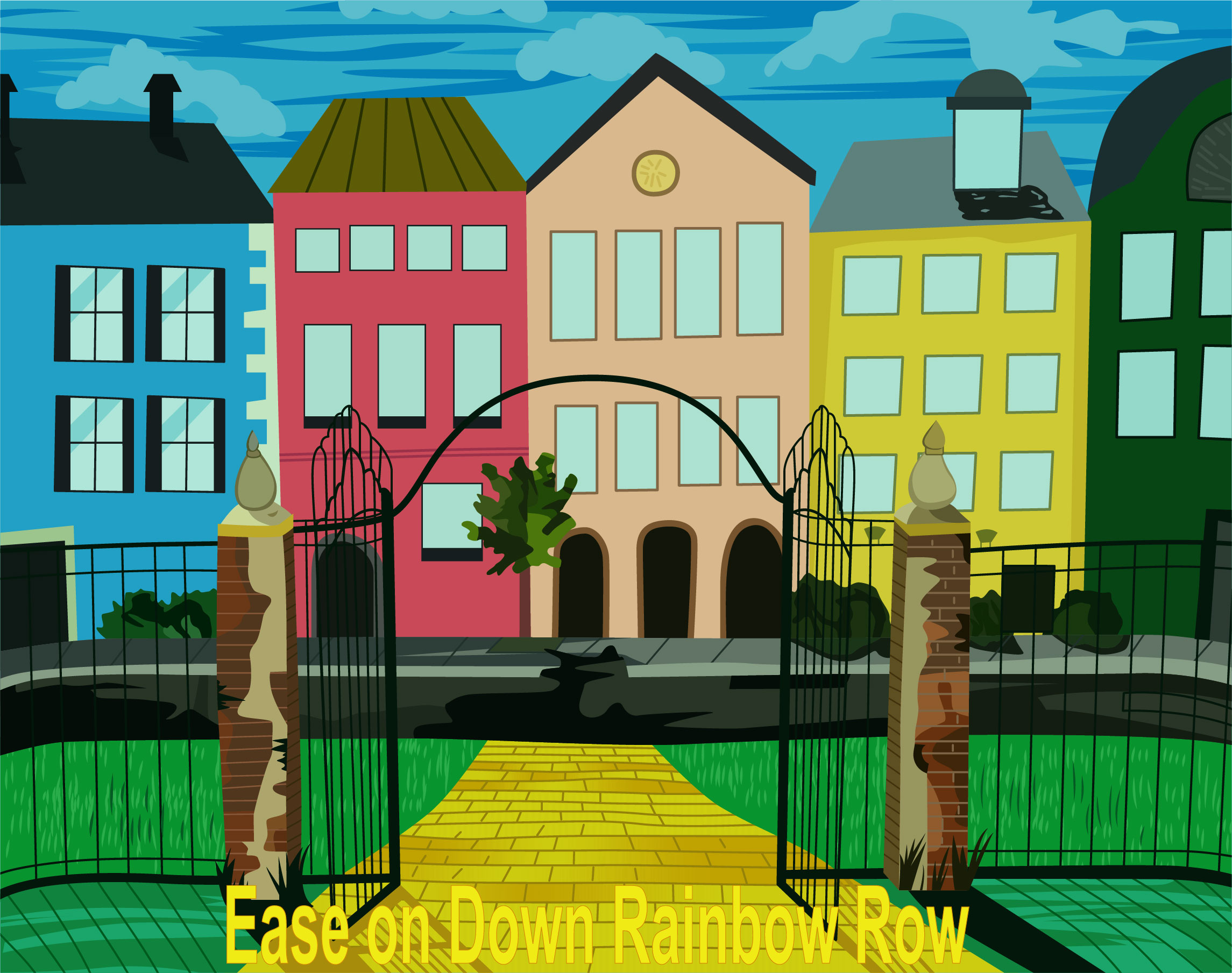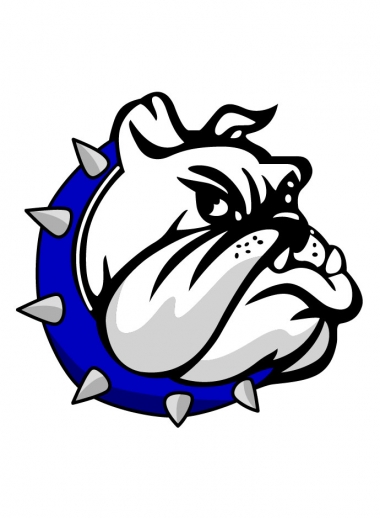The Process of Converting PNG to Vector:
Converting PNG images to vector graphics involves a process known as raster-to-vector conversion. This transformation requires specialized software designed for vectorization, such as Adobe Illustrator or CorelDRAW. These tools utilize advanced algorithms to trace the lines and shapes of the raster image and convert them into editable vector paths. Through careful adjustment of parameters and settings, designers can achieve accurate and precise vectorization, ensuring that the resulting graphic maintains the integrity of the original PNG image.
Benefits of Vectorizing Pictures:
The ability to vectorize pictures opens up new possibilities for image manipulation and enhancement. By converting raster photographs or scanned artwork to vector graphics, designers can refine and improve the image quality while retaining important details. Vectorizing pictures allows for easy color modifications, selective editing of specific elements, and the application of artistic effects. This versatility enables designers to create visually striking visuals that captivate viewers and convey the desired message effectively.

Convert PNG to Vector for Branding and Marketing:
Branding and marketing materials often require consistent and scalable graphics to maintain a professional and cohesive visual identity. Converting PNG logos and graphics to vector format ensures that they can be easily resized, adapted, and applied across different mediums and platforms. Vector graphics guarantee that logos and marketing assets remain sharp and clear, regardless of their size or resolution. This scalability and adaptability of vector graphics play a crucial role in creating impactful and memorable branding materials that leave a lasting impression on the target audience.
The Role of Vector Graphics in Web Design:
In the digital realm, vector graphics play a significant role in web design. With the increasing prevalence of high-resolution displays, having scalable graphics is crucial to provide a seamless user experience. By converting PNG images to vector format, web designers can create responsive websites that adapt to different screen sizes and resolutions. Vector graphics ensure that images and icons appear sharp and crisp on various devices, enhancing the overall visual appeal and usability of the website.
Vectorization in Print and Production:
Print and production processes often require vector graphics to achieve optimal results. From brochures and business cards to signage and packaging, vector graphics ensure that printed materials are of the highest quality. Converting PNG images to vector format allows designers to maintain sharp lines, smooth curves, and vibrant colors in their print assets. Vector graphics also facilitate easy editing and modifications, enabling designers to make adjustments without compromising the overall quality of the artwork.
Expanding the Versatility of Vector Graphics:
In addition to the aforementioned benefits, converting PNG images to vector graphics also enhances the versatility of the visuals. Vector graphics offer the flexibility to work with different elements and design styles, allowing designers to explore various creative directions and achieve desired outcomes.
With vectorization, designers can easily manipulate and edit individual elements of an image. This includes adjusting the shape, size, and proportions of specific objects within the artwork. For example, if you have a PNG illustration that needs a slight modification, such as changing the angle of an object or resizing a particular element, vectorization enables you to make those adjustments seamlessly.
Moreover, vector graphics facilitate the incorporation of text into the artwork. Designers can add and edit text elements, ensuring that they blend harmoniously with the rest of the visual composition. Whether it's adding captions, titles, or descriptions to an illustration or incorporating text into a logo design, vector graphics provide the necessary tools to create visually appealing and well-integrated typography.
Another advantage of vector graphics is the ease of creating variations and adaptations of the artwork. By converting a PNG image to vector format, designers can effortlessly create different versions of the same visual asset to suit specific needs. For instance, if you have a company logo in PNG format and need variations for different marketing campaigns or platforms, vectorization allows you to generate multiple versions of the logo quickly and efficiently.
Furthermore, vector graphics enable designers to apply various effects and styles to the artwork. This includes gradients, transparencies, and special visual effects that enhance the overall visual appeal. Whether you're creating a dynamic illustration, a captivating infographic, or a visually stunning presentation, vector graphics provide the tools to elevate your designs and make them stand out.
Beyond the digital realm, vector graphics have applications in various industries, such as architecture, fashion, and manufacturing. Architects can use vector graphics to create precise and scalable floor plans and blueprints. Fashion designers can utilize vector graphics to develop patterns and designs that can be easily adjusted and scaled for different garment sizes. Manufacturers can leverage vector graphics to produce detailed and accurate prototypes and product specifications.
In conclusion, the process of converting PNG images to vector graphics expands the versatility and creative possibilities of visual assets. With the ability to manipulate individual elements, incorporate text, create variations, and apply various effects, vector graphics empower designers to achieve their desired outcomes with precision and flexibility. Whether it's for digital or physical applications, vectorization opens doors to limitless creativity and ensures that visuals can be adapted and optimized for different platforms, sizes, and purposes. Embrace the power of vector graphics and unleash your creative potential.



